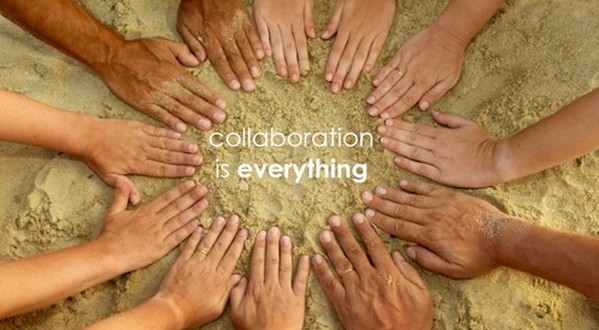Now more than half of the world's population (over 3.3 billion people) owns a mobile phone. The competition in the mobile market is increasing with a series of OS released in quick succession. Though the chance of a single market leader is rare but the majority leader is bound to make immense profit. What makes mobile platforms simpler to predict than desktops and other general purpose computers is because it's almost completely a B2B business environment. The impact of B2B environment vs. B2C is can be seen clearly in portable computers (UMPC & Laptops). The distribution of OS in laptops is primarily a B2B decision and hence you will find no Linux laptops. The factors which will determine the leader:
- B2 ABC of marketing
- Pricing: The fundamental difference between a B2B business and

B2C business comes as the price of the software. Mind you I am talking about Total cost of ownership. On your desktop you can install any OS (free or otherwise) but most users do not use/get after sales service and maintenance. The condition is totally different for a mobile phone. Since you are getting a finished product, the vendor is obligated to provide upgrades and maintenance. This puts the pressure on the vendor to choose between propriety OS that provides after sales service or a "free" OS and train in-house experts.
- Integration of business systems: Integration of supply chain becomes a major issue for mobile phones. Desktops use standard OS, one size fits all but each mobile phone is unique. Mobile phones are extremely optimized. The machines are optimized for size, low power usage, high battery life, low weight and maximum features. The OS needs to adapt for the phone and quick prototypes are required by the OS developers. This requires extensive merging of supply chains. This merging is essential for faster development and feedback system. To implement this merging an extensive IT framework and collaboration managers are required.
- Push: Push marketing is a simple chain. The suppliers add value to the product as it travels down the chain. The total cost of chain is generally born by the user.
- Pull: Pull marketing brings about excellent optimizations in the picture. Here the consumer becomes the primary master and demand commands the supply. Walmart is probably the most exquisite example of this framework.
Mobile phones primarily are run by push marketing at the moment. The entire price of the product is born by the user and the choices to the user are fairly limited. It's amazing how ignorant most users are about their phones. Mobile market is already 3.3 billion whereas the total Smartphone market is expected to cross 1 billion unit mark by 2010. So even if some people prefer some particular OS in their smart phones, a majority of users still limited by the choices handed to them by their vendor.
- Push: Push marketing is a simple chain. The suppliers add value to the product as it travels down the chain. The total cost of chain is generally born by the user.
- Pricing: The fundamental difference between a B2B business and
- Collaboration: The recent success of the iPhone despite several glaring flaws in the feature list and limited success
 of Symbian phones over the past few years shows that the major factor influencing consumer decision is still the hardware features in the phone. So the ruling of the roost will be decided by the collaborations that the software companies make with hardware developers.
of Symbian phones over the past few years shows that the major factor influencing consumer decision is still the hardware features in the phone. So the ruling of the roost will be decided by the collaborations that the software companies make with hardware developers. - Developers
- OS developers: Developers always play a decisive role in OS popularity but only if they participate in large quantities. However the chances that a public developer will contribute to an OS "owned by a company" is rare. I am not sure a lot of OS developers are going to develop Android for free. Also after the recent "opening" of Symbian platform, Android lost its edge. Nokia's existing infrastructure and a stable OS is going to give it a good advantage over Android. However how willing Nokia will be to work with other Cell phone vendors for promoting Symbian, remains to be seen.
Bottom line both companies have to develop their own respective OS. The existing dominance of Nokia in the field and years of experience are definitely going to help Nokia here. - App developers: After seeing profits made by iPhone in App development, and the millions of dollars invested by Google for development of Android Apps, this is one area you cant ignore. Free/paid apps, if easily delivered give the OS a much needed advantage. Companies are going to need much more than just money to attract developers. There are far more number of apps for Symbian than the iPhone but since iPhone apps are far easily manageable by a normal user they brought far more revenue to Apple than Symbian. Ease to install app and easy to develop SDK will be a big boon for the market. Quickly shipping out good SDK's will be crucial
There are several OS's with an early lead. Several features are present only in a particular OS and those features prevent migration of users from one OS to another (like exchange syncing). As the market opens up and standards are defined, soon every user will become fair game, competition will lead us to better, faster mobiles with more features.

1 comment:
This is one of the technical based post.I like your blog details.This is one of the useful post.
Post a Comment